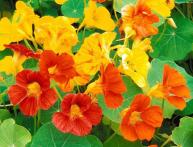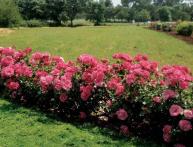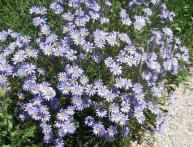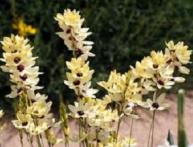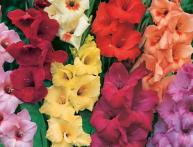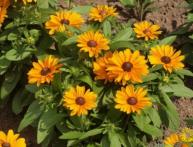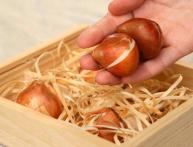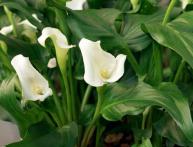Capuchins in the photo - a vivid memory of summer
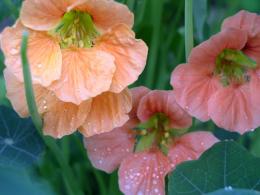
There are probably not very many garden plots whose owners have never grown such amazing flowers as capuchins. These bright flower arrangements, which decorate the garden all summer, can bring a warm smile on winter evenings, just look at the capuchins in the photo.
Capuchin is very decorative. Hanging plants look especially good. They are great for vertical gardening, hanging pots and growing in decorative flowerpots. Low-growing varieties are planted in borders and flower beds.
A delight for the eyes and stomach
Like many other popular plants common in most countries of the world, this flower has several names: capuchin, nasturtium, Spanish cress, colored lettuce.
So, some novice gardeners are surprised to recognize capuchins in photos in popular cookbooks. The thing is that in its historical homeland, South America, capuchin is considered a food plant. Moreover, all its parts are eaten: fruits, flowers, leaves, and even rhizomes. Having a pleasant smell and taste reminiscent of mustard and horseradish, nasturtium becomes a welcome addition to salads, fish, meat, egg and vegetable dishes. The fruits are collected unripe and then pickled or added as a spicy seasoning when preserving tomatoes and cucumbers. However, you should not overuse such spices. Edible flowers have no particular taste and are used mainly to decorate various dishes.Nasturtium leaves are also eaten. They are used during the preparation of various salads and sandwiches.
Nasturtium in medicine
Sometimes the capuchins in the photo can also be found on pharmacy shelves. And although the medicinal properties of capuchin have not yet been sufficiently studied by traditional medicine, folk healers have been successfully using decoctions of this plant for many years to treat the genitourinary tract, hypertension and even baldness.

